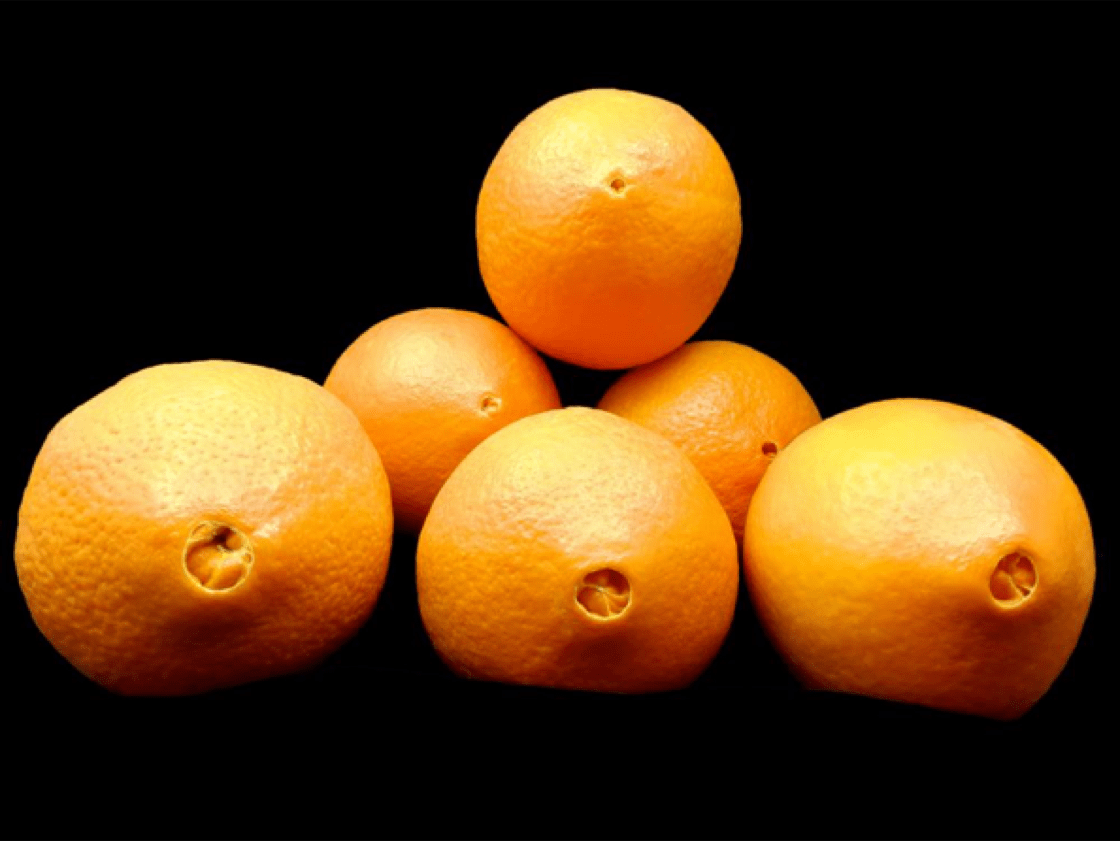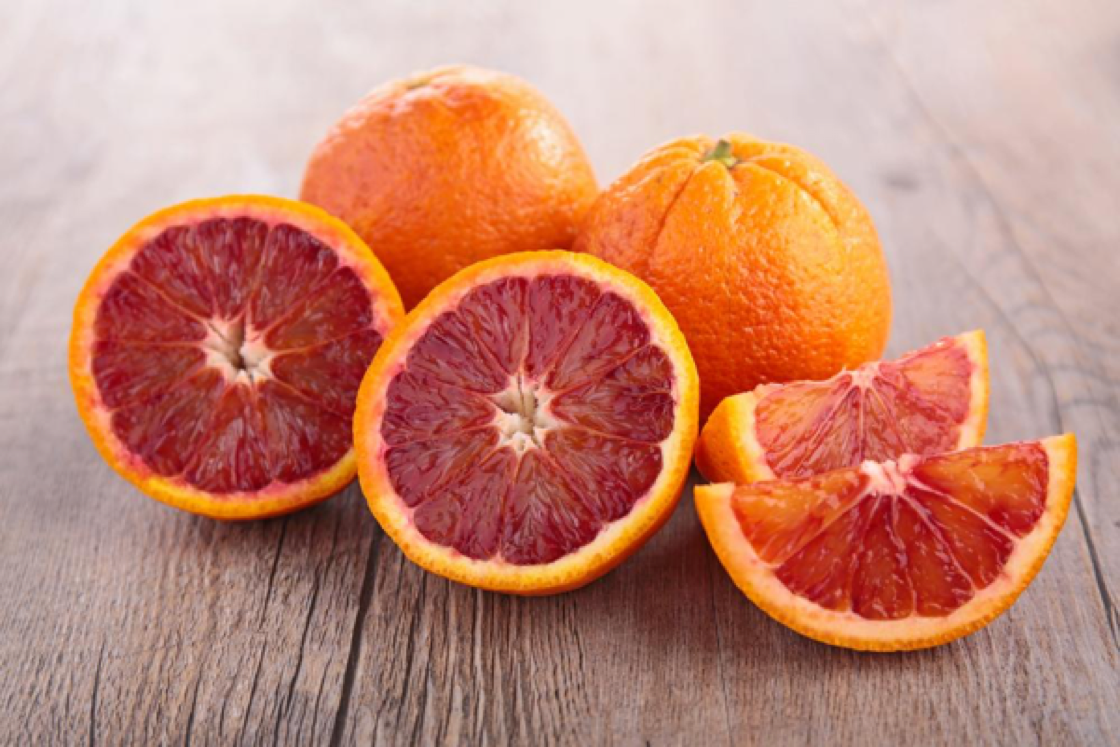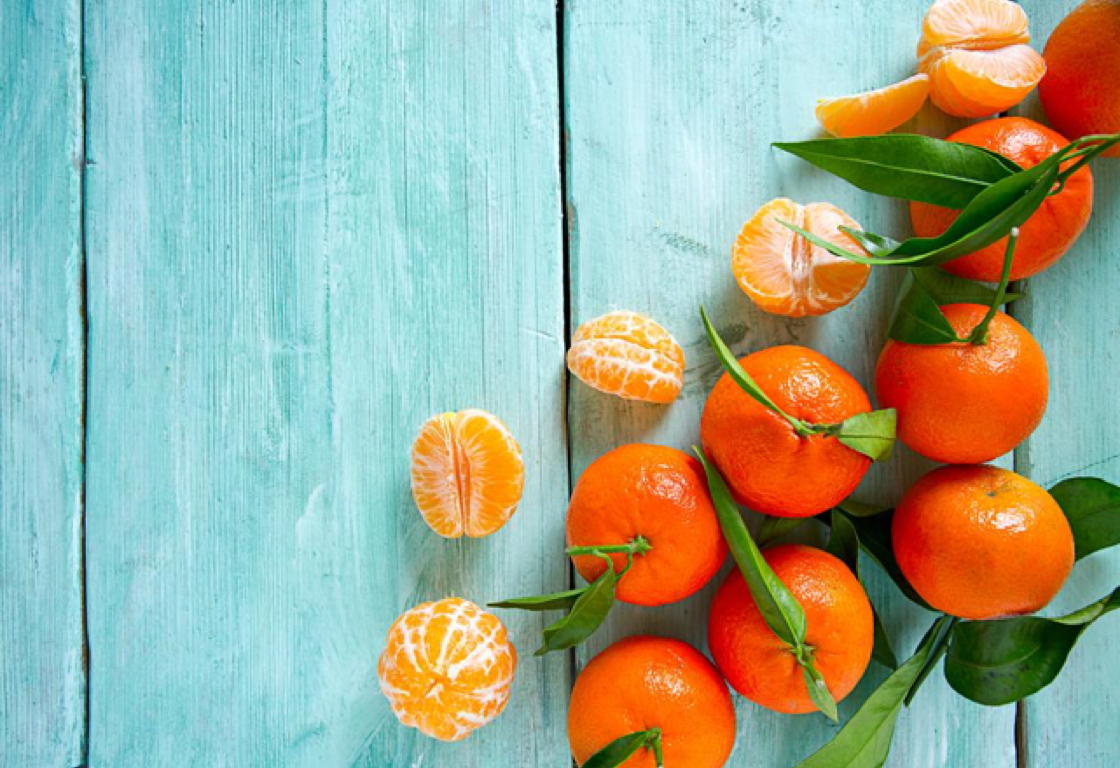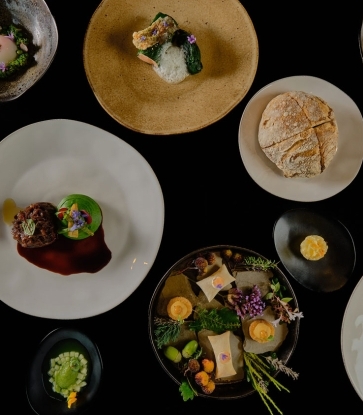Here are five varieties that you should know:

Navel Orange
The most common orange variety stocked in grocery stores, the navel orange gets its name from its “navel,” which is a second fruit that protrudes slightly at the apex of the orange, resembling that of a human navel. These oranges are on the larger side and have thicker skin, which make them easy to peel for consumption. However, they are less juicy and more bitter than other oranges, so they are not the best choice for orange juice. (They will, however, make a great after-dinner snack.)
Blood Orange
If you thought oranges were just orange, blood oranges will surprise you with their rich, ruby, almost blood-colored flesh underneath a thick peel, which is where the name originated from. (Obviously.) They are medium-sized fruit and are considered to be the most aromatic in the orange family having a tart yet sweet flavor. Blood oranges are considerably juicy, so you’ll have to watch out when biting into these beauties. Due to their vibrant and crimson color, they also make a great garnish on cakes and desserts.
Mandarin Orange
Mandarin oranges are a smaller alternative to the regular orange, with looser skin, a sweeter taste and less acidity. Many orange varieties fall under this Mandarin family tree—i.e., tangerines and clementines—both of which have their own unique characteristics and flavor profiles.
Tangerine
Smaller in size and sweeter than the typical orange, the tangerine bares a softer and thinner skin, making them easier to peel. They are also highly effective in combating premature skin aging, as they contain more vitamin C. If you’re looking for a snack that can aid in your skincare, tangerines are the best choice.






















